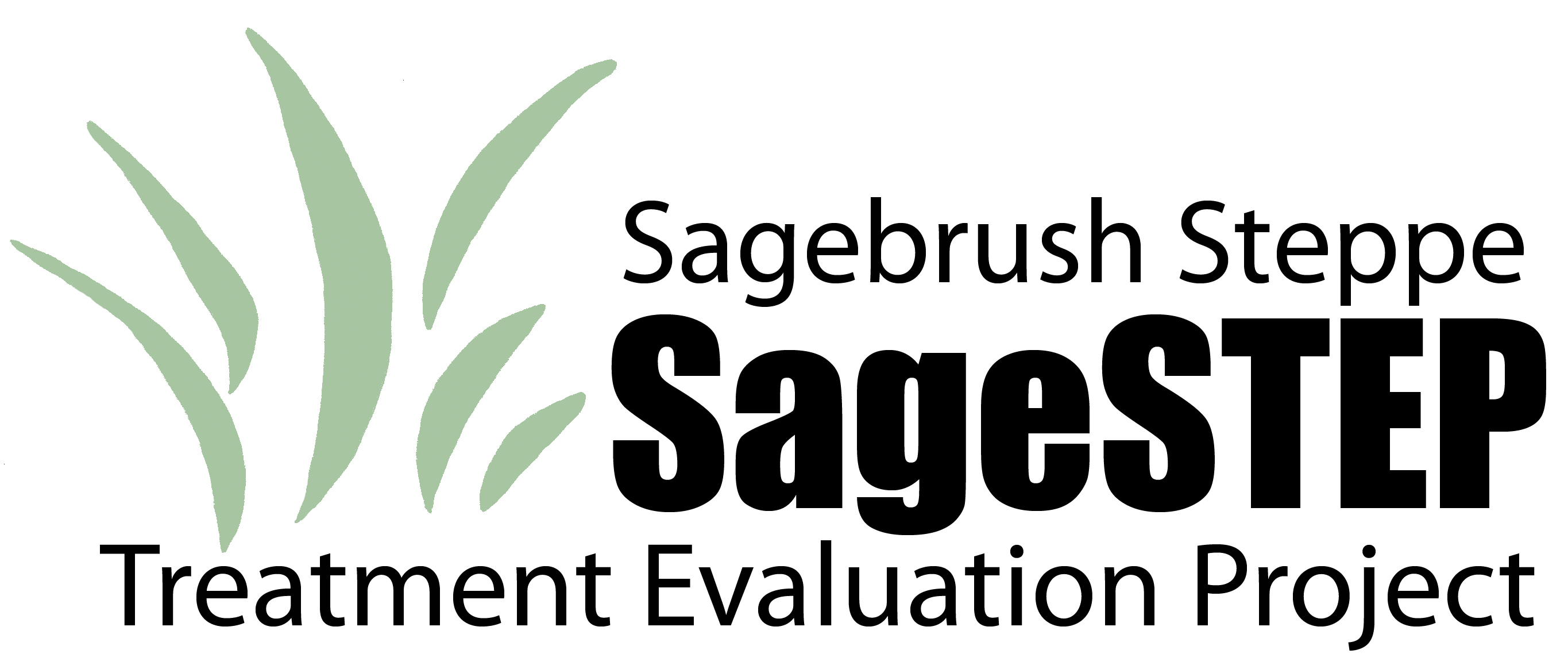Document Type
Article
Journal/Book Title/Conference
Rangeland Ecology & Management
Volume
70
Issue
1
Publisher
Society for Range Management
Publication Date
5-31-2016
First Page
106
Last Page
115
Creative Commons License

This work is licensed under a Creative Commons Attribution-Noncommercial-No Derivative Works 4.0 License.
Abstract
Juniper and piñon coniferous woodlands have increased 2- to 10-fold in nine ecoregions spanning the Intermountain Region of the western United States. Control of piñon-juniper woodlands by mechanical treatments and prescribed fire are commonly applied to recover sagebrush steppe rangelands. Recently, the Sage Grouse Initiative has made conifer removal a major part of its program to reestablish sagebrush habitat for sage grouse (Centrocercus urophasianus) and other species. We analyzed data sets from previous and ongoing studies across the Great Basin characterizing cover response of perennial and annual forbs that are consumed by sage grouse to mechanical, prescribed fire, and low-disturbance fuel reduction treatments. There were 11 sites in western juniper (Juniperus occidentalis Hook.) woodlands, 3 sites in singleleaf piñon (Pinus monophylla Torr. & Frém.) and Utah juniper (Juniperus osteosperma [Torr.] Little), 2 sites in Utah juniper, and 2 sites in Utah juniper and Colorado piñon (Pinus edulis Engelm). Western juniper sites were located in mountain big sagebrush (A. tridentata ssp. vaseyana) steppe associations, and the other woodlands were located in Wyoming big sagebrush (A. tridentata ssp. wyomingensis) associations. Site potential appears to be a major determinant for increasing perennial forbs consumed by sage grouse following conifer control. The cover response of perennial forbs, whether increasing (1.5- to 6-fold) or exhibiting no change, was similar regardless of conifer treatment. Annual forbs favored by sage grouse benefitted most from prescribed fire treatments with smaller increases following mechanical and fuel reduction treatments. Though forb abundance may not consistently be enhanced, mechanical and fuel reduction conifer treatments remain good preventative measures, especially in phase 1 and 2 woodlands, which, at minimum, maintain forbs on the landscape. In addition, these two conifer control measures, in the short term, are superior to prescribed fire for maintaining the essential habitat characteristics of sagebrush steppe for sage grouse.
Recommended Citation
Bates, J., K.W. Davies, A. Hulet, R.F. Miller, B.A. Roundy. 2017. Sage Grouse Groceries: Forb Response to Piñon-Juniper Treatments. Rangeland Ecology & Management. Volume 70, Issue 1, Pages 106–115.



